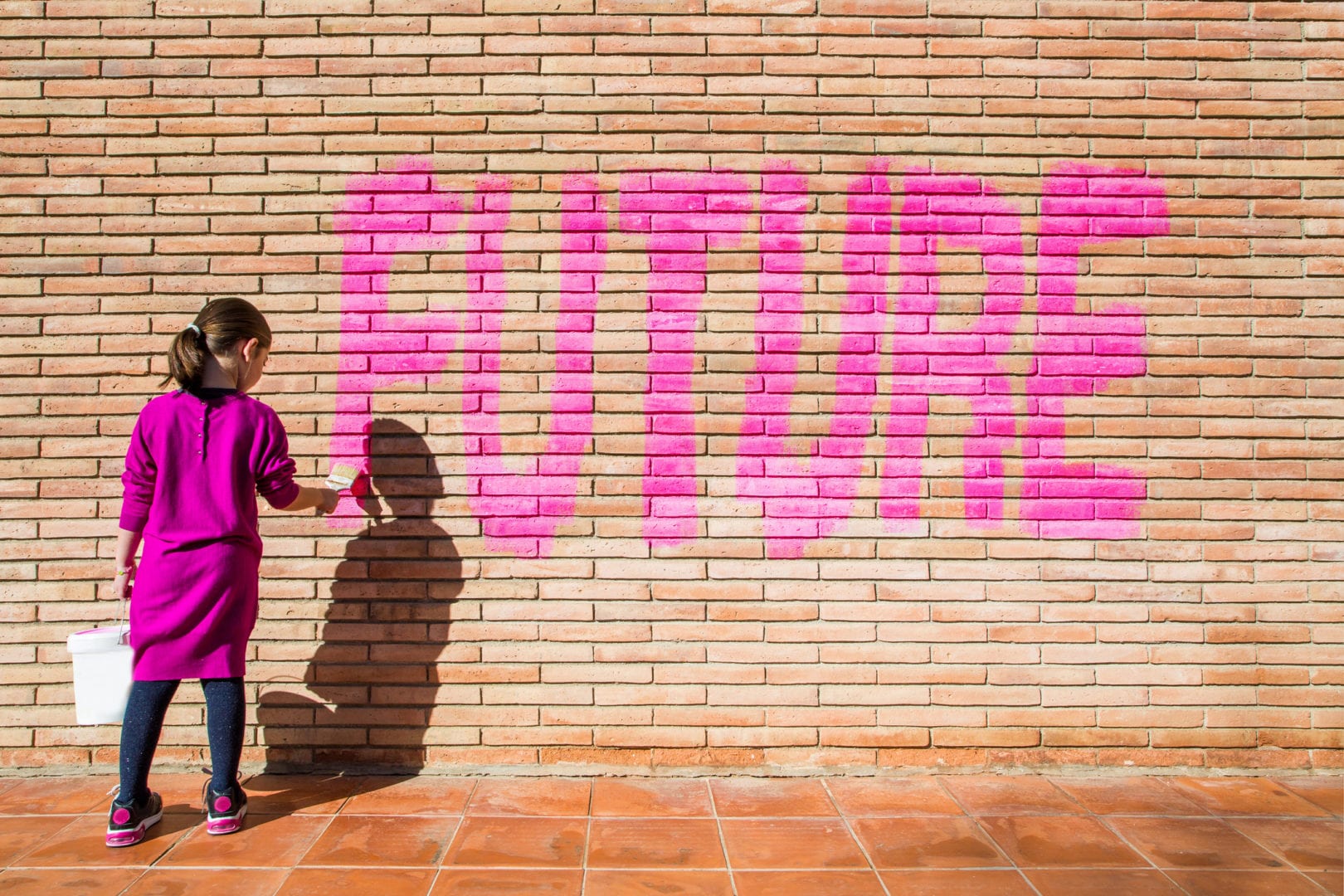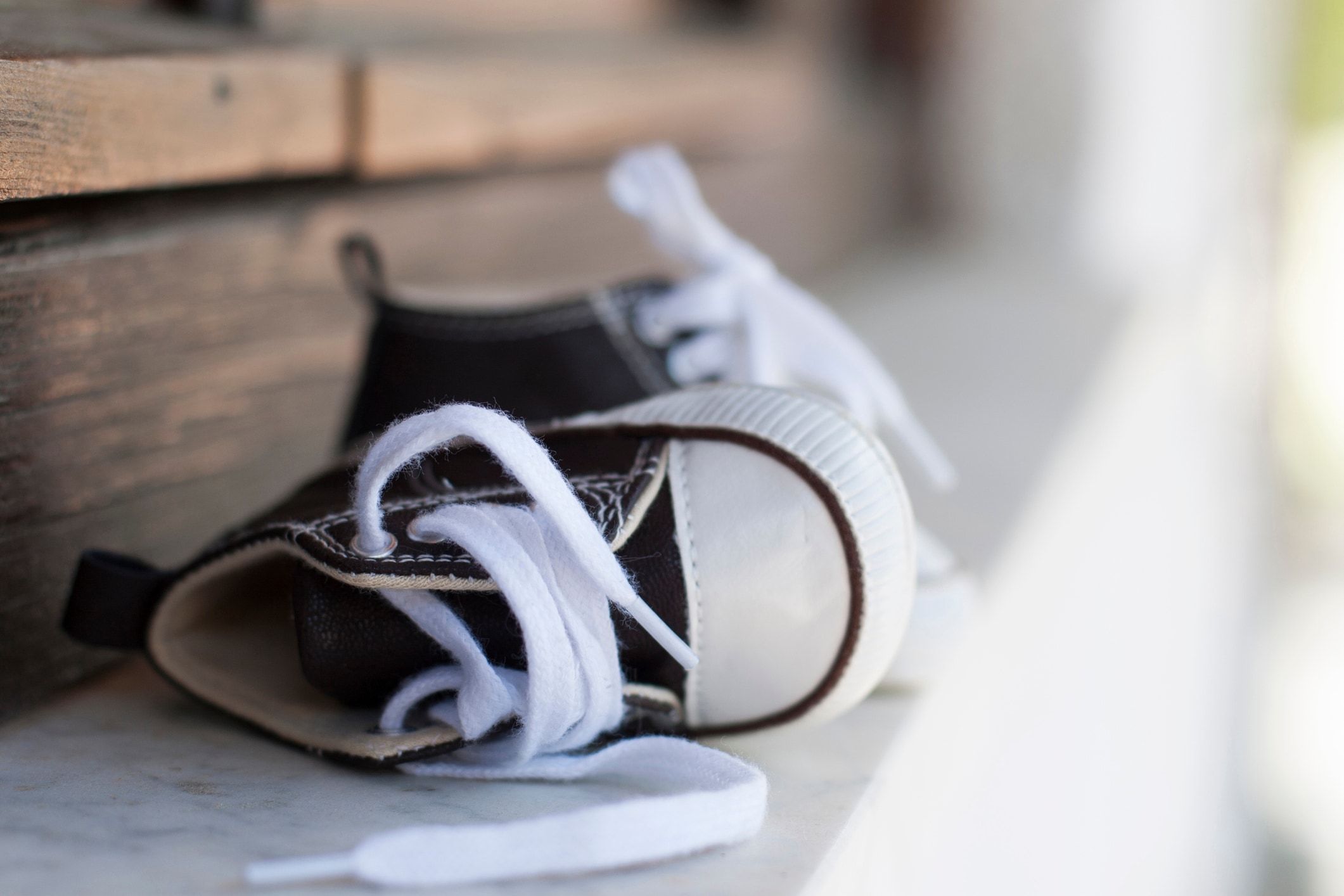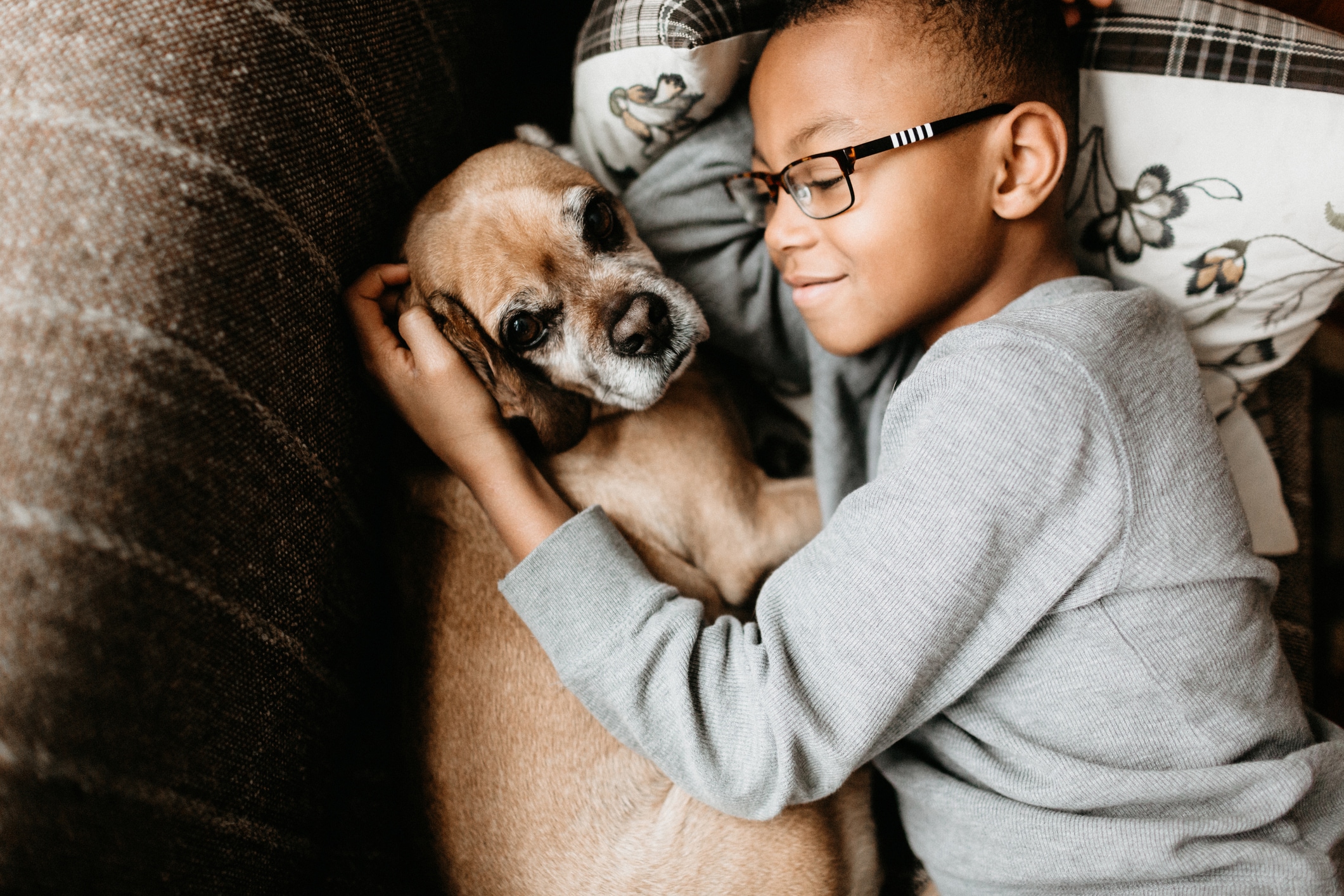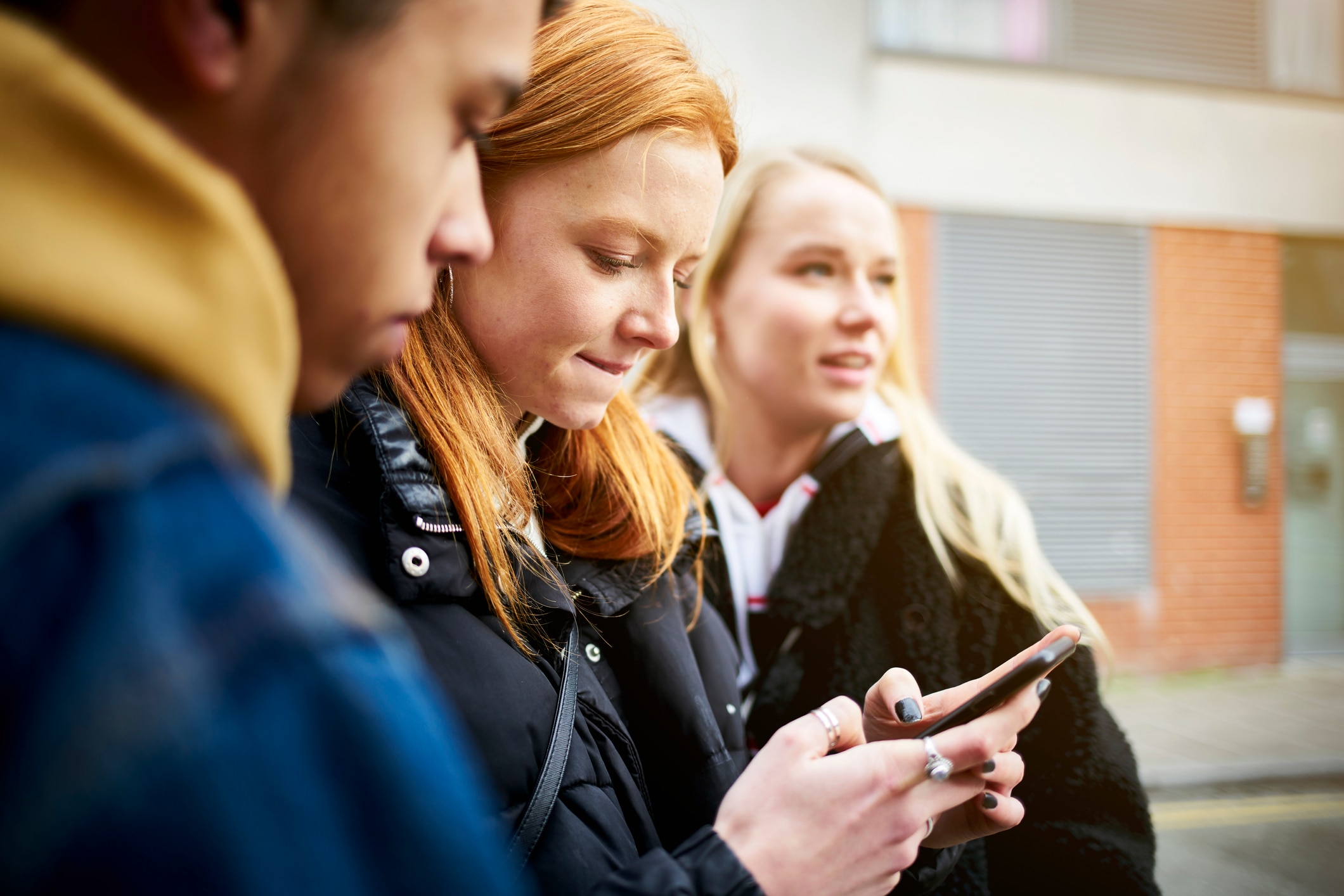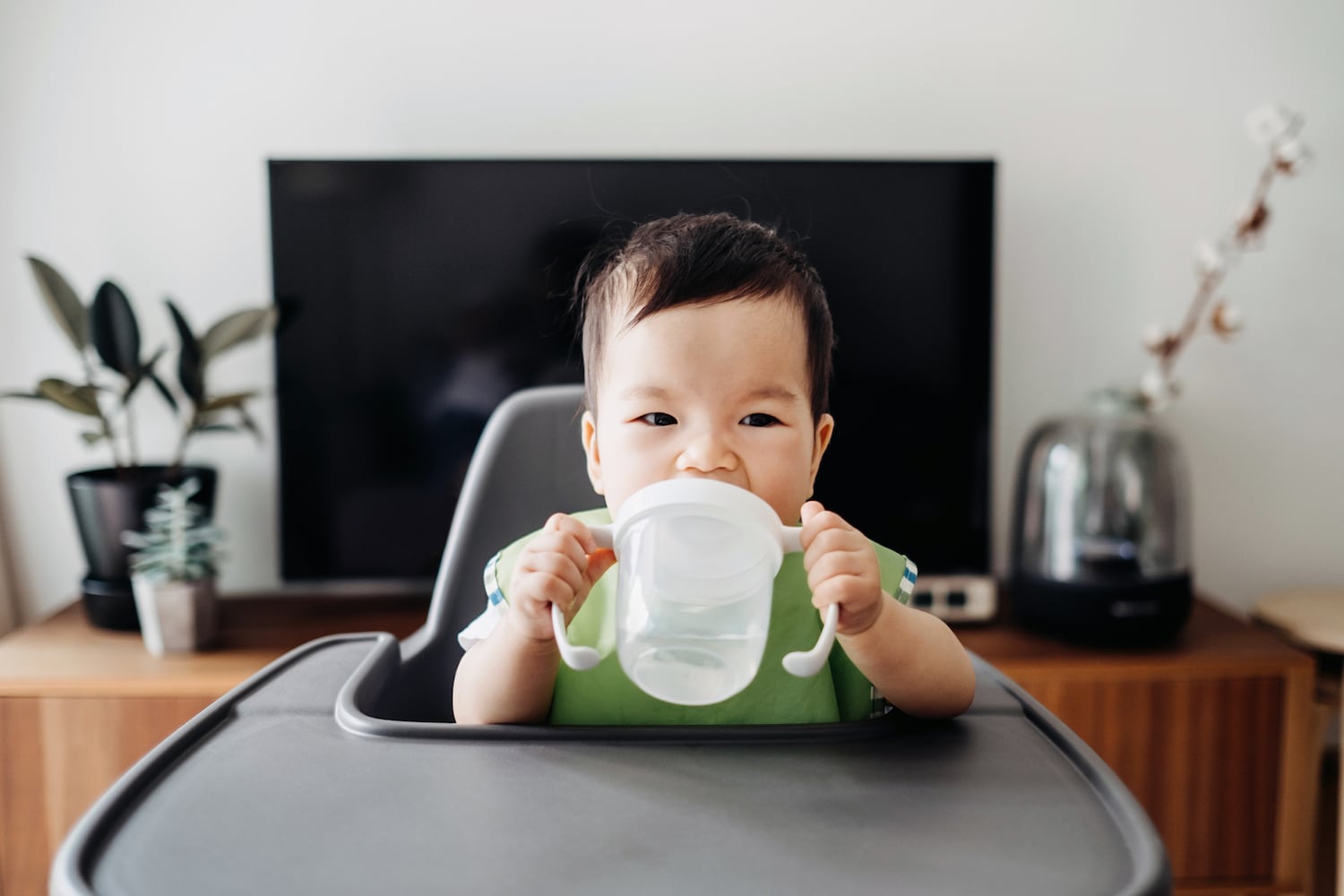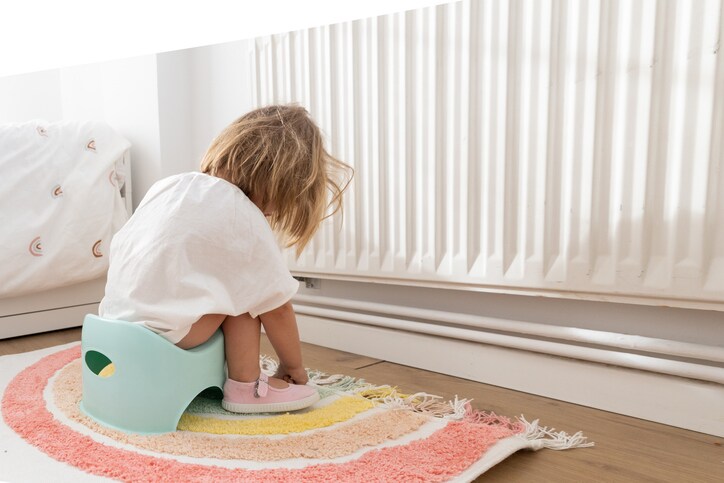There’s no denying kids are increasingly aware of our global climate crisis. We see this in the inspiring moments, like watching Greta Thunberg command the international spotlight, as well as in the disturbing ones, like the rising number of young adults being treated with psychiatric drugs to reduce the emotional stress caused by “eco-anxiety.” In turn, they’re increasingly looking to their parents and caregivers for guidance and support.
In order to provide that, communication about climate change is key, says Jill Kubit, director and co-founder of Our Kids Climate.
“Children will face both the consequences of climate change and, if we choose to make the changes necessary, then they will also live through the experience of transitioning to a zero carbon world,” she says. “There will be profound changes, and we need to help children understand these changes they will face and equip them with the tools and skills necessary to live in a climate-altered — and climate solutions — world.”
From the best techniques for tackling this challenging topic to the top science must-knows, here are experts’ best tips for parents and caregivers who are starting this conversation.
“Children will face both the consequences of climate change and, if we choose to make the changes necessary, then they will also live through the experience of transitioning to a zero carbon world.”
— Jill Kubit, co-founder of Our Kids Climate
Where to start the climate change conversation
While it’s easy to feel daunted by the scope and depth of the topic, take heart in the fact that there’s no shame in not having your Ph.D. in climate science. In fact, there’s a lot to be said for learning alongside kids. When you’re first broaching the subject, it’s OK to keep it basic, says Katie Modic, staff educator for Communitopia in Pittsburgh.
“I don’t think we all need to go into the depth of the science,” she says. “We just need to feel more confident in our understanding of the overall concepts, and we also need to be able to communicate how we are experiencing climate change and why we care about it.”
She recommends pointing out to kids that “greenhouse gases in the atmosphere keep the earth warm.” Explain that we release more greenhouse gases when we burn fossil fuels and that this is having a negative impact on the earth and us. You can then note that, thankfully, there are many ways we can work to reduce greenhouse gases, like recycling or using less air conditioning.
Once you’ve covered these basic climate change facts for kids, you can explore the topic together in a variety of hands-on, personalized ways.
How to tailor the climate change conversation to kids
Take age and personality into consideration before deciding how deeply and in what manner you begin, says Harriet Shugarman, founder of Climate Mama and author of the book “How to Talk to Your Kids About Climate Change: Turning Angst Into Action.”
“You know how deeply you can go into specifics, or not,” Shugarman says. “Each child is different — even two children in the same family — and as such, each child may have different learning styles.”
Some kids might be empowered by seeing other children taking action, says Shugarman.
“Showing children examples of other kids working on creating climate awareness is a really powerful learning tool,” she says, noting that you might do this by attending a rally or watching a video of an event involving young people.
And if the child is a visual learner, you might want to check out local museum exhibits or even cite examples of climate change around the house or in the neighborhood.
“Showing children examples of other kids working on creating climate awareness is a really powerful learning tool.”
— Harriet Shugarman, Founder of Climate Mama
“Point out how certain flowers, birds and trees are flowering earlier, staying later,” Shugarman says. “Also, reminding our children what’s at stake, by being in nature and sharing with them what we are fighting to protect, is also incredibly important and powerful. So, don’t forget to go for walks on the beach, camping trips in the mountains or in the back yard.”
Some kids may be especially excited by polar bears or marine life, meteorology or agriculture.
“Almost all children have an inherent interest in the natural world,” says Modic. “Encourage these connections and interests.”
Zeroing in on a topic they have a particular interest in can make the conversation unfold even more organically, moving from curiosity to the natural world to climate change. For instance, exploring ocean life and coral health could lead to discussing plastic pollution.
Why it’s important to get real about climate change with kids
Experts encourage saying something along the lines of, “It’s warming. It’s us. We’re sure. It’s bad. We can fix it.” Variations on this motto have spread far and wide since Kim Nicholas, associate professor of sustainability science and director of Ph.D. studies at the Lund University Centre for Sustainability Studies (LUCSUS) in Sweden, first shared it on a sign for the People’s Climate March in New York in 2014.
“These are the five things people need to know about climate change,” Kubit says. “[Nicholas] designed her university curriculum around these ideas.”
This real talk about climate change might initially sound scary, but Shugarman believes it’s better to tell kids the truth.
“We must remind children and show them by our actions and words that we know that climate change is happening to us now,” she says. “Being honest — that we as adults don’t have everything under control — is critical, but letting them know that we, as parents [and caregivers], and many other people around the world, including many young people, scientists, business folks, etc. are working on ways to address the crisis, is absolutely true.”
A straightforward approach will also “encourage kids to live a sustainable lifestyle from a young age, as well as help them recognize that their consumer habits matter and identify as being part of the solution,” says Modic.
How to turn climate change talk into action
A discussion about climate change — whether sparked by natural curiosity or seeing millions strike for climate action — can naturally lead to an empowering climate-related activity. As Shugarman says, “Active hope through action is a way forward and a way to stem the fear that is there for all of us.”
Here are four expert-backed climate change activities for kids and ways parents and caregivers can get involved.
1. Speak out about climate change
Kids of all ages are marching and attending rallies, Shugarman says.
“If these are some things your child is interested in doing, help them have their voices heard,” she says. “Even young children who attend a march in a stroller or on your shoulders can feel the excitement by seeing other children leading.”
Shugarman also encourages families to write letters to and visit elected officials at every level and research their positions on climate action.
“We need to take partisanship out of the equation,” she says. “Everyone needs to be working on implementing climate action plans. We can show our children that we support politicians and companies that walk the walk, [and] not only talk the talk. Help children understand these differences, and take them to the polls with you. Voting is a way each of us has a say on our climate future and now.”
2. Look at your family’s carbon footprint together
By using a carbon or global footprint calculator online (one to try: FootprintCalculator.org) and working on it as a family, parents can help children understand more clearly what the family can do to mitigate their own emissions and impact on our planet, Shugarman says.
Similar “climate awareness projects” you can do together, according to Shugarman, include researching ways to be more energy efficient, being more mindful of what the family or community eats and buys and why and creating a family climate action plan.
3. Check out kid-friendly climate change resources
Shugarman recommends visiting the websites of organizations that have online films, videos and science-based information. These resources can help you and the kids get a grasp on key must-knows. A few to try:
- Young Voices for the Planet.
- Climate Generation.
- National Wildlife Federation’s Eco-Schools program.
- Years of Living Dangerously Climate Classroom.
- Alliance for Climate Education.
Kubit likes the book “The Tantrum That Saved the World,” by Megan Herbert and Michael E. Mann, which “can be used at different ages and different levels of discussion.”
4. Do your own work
Knowing yourself and working through your own emotions around the topic is key.
“Parents [and caregivers] need to come to terms with our own fears, so that we can help children come to terms with theirs,” Shugarman says. “Passing through the various stages of grief and coming out at the other end, by building resolve and hope, are important things to help children with. Reminding them that with our climate crisis comes an infinite number of possibilities and opportunities is also one of our responsibilities.”
Ultimately, as Shugarman says, “we all can be a part of shaping our future.”
That said, she encourages parents and caregivers to remind children to “lead with their passions” and help them connect those passions to climate solutions.
